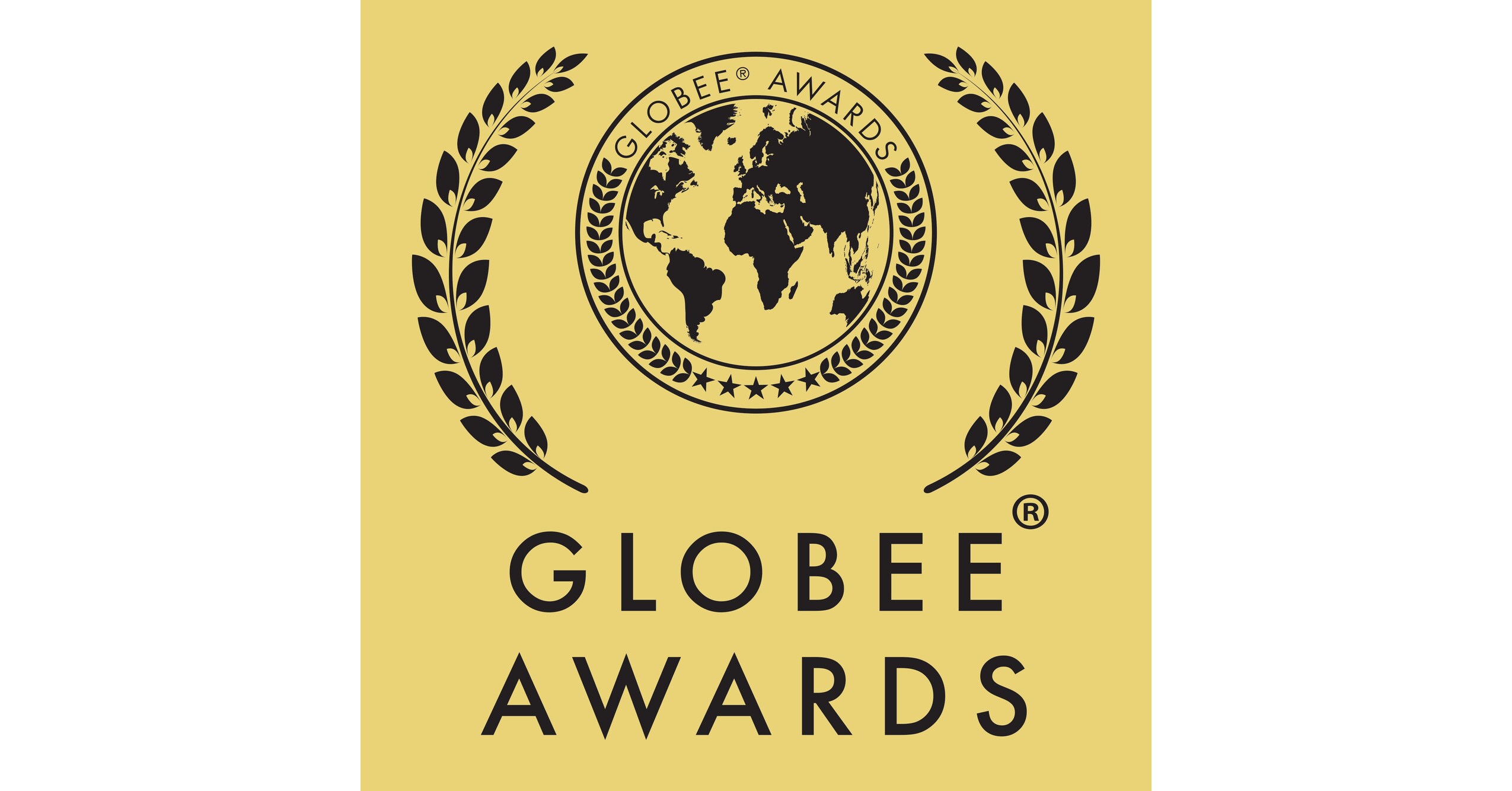In the shadow of Mount Fuji, Japan, a futuristic urban development project is being spearheaded by Toyota. Woven City, designed as a “living laboratory,” will serve as a testing ground for energy-efficient self-driving vehicles known as “E-palettes.” The city, which will house 2,000 residents and cost nearly $10 billion to build, will be powered entirely by hydrogen and equipped with solar panels, AI technology for health monitoring, and robots to assist with daily tasks.
Residents of Woven City will live in homes powered by hydrogen and equipped with solar panels. They will also have access to AI technology for health monitoring and robots that can assist them with daily tasks. The city’s streets will be divided into pedestrian-only areas, fast vehicle roads, and low-speed vehicle roads. Only zero-emission vehicles, vehicles for the elderly, and wheelchair-accessible vehicles will be allowed in Woven City.
The grid-like layout of the city includes various outdoor spaces to encourage interaction among residents. Danish architect Bjarke Ingels has been tasked with designing the city. Ingels believes that technology is reshaping urban living and envisions a future where connected, automated, and zero-emission solutions transform city living.
Woven City’s residents include families, retirees, retailers, and scientists. Despite the risks associated with its proximity to Mount Fuji – a dormant volcano – the unique opportunity to develop and test new technologies in a complete city setting makes it an intriguing experiment in urban planning and sustainability. Construction of Woven City is set to begin in 2021, with the first residents expected to move in later this year.


